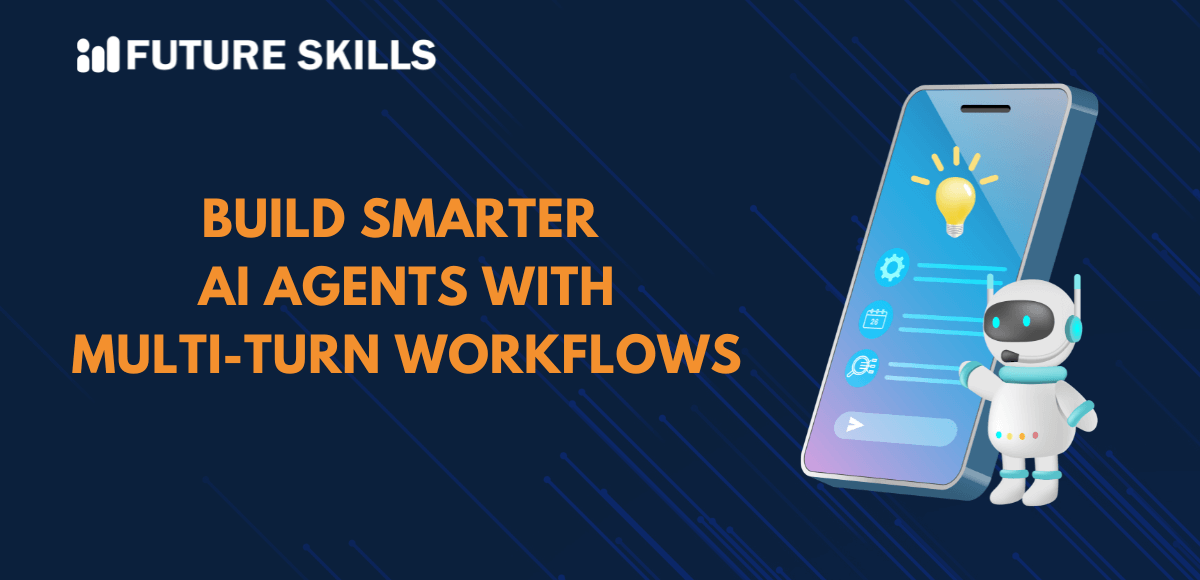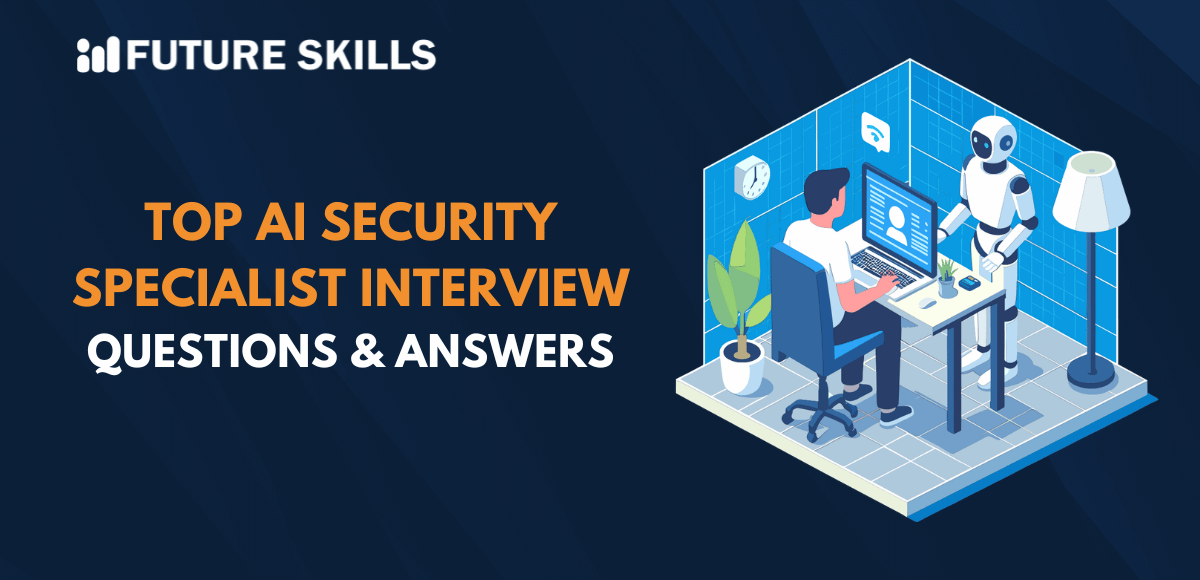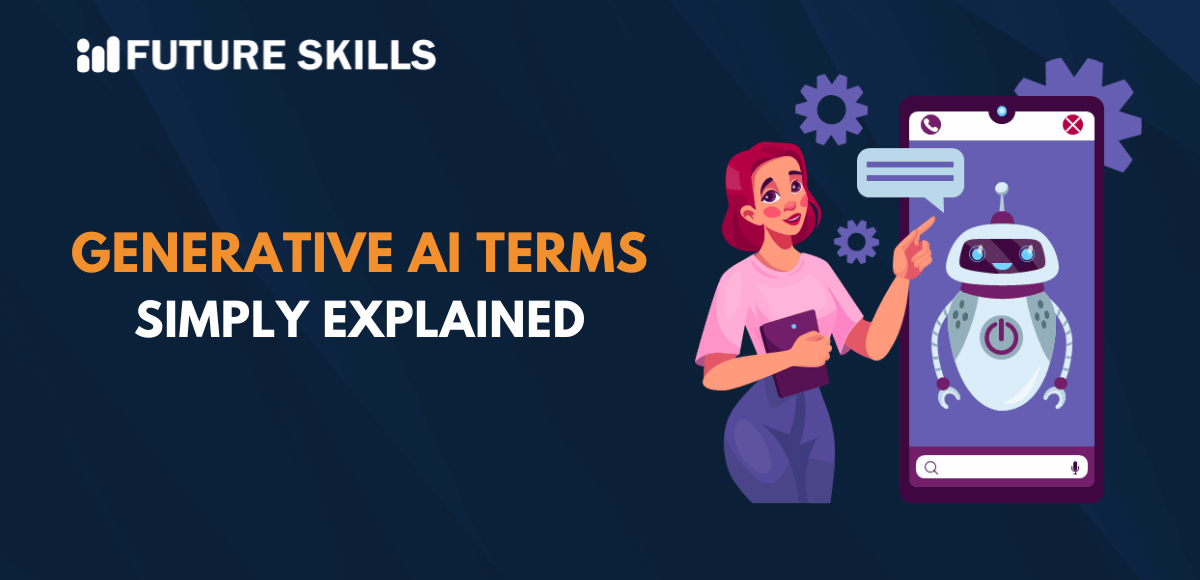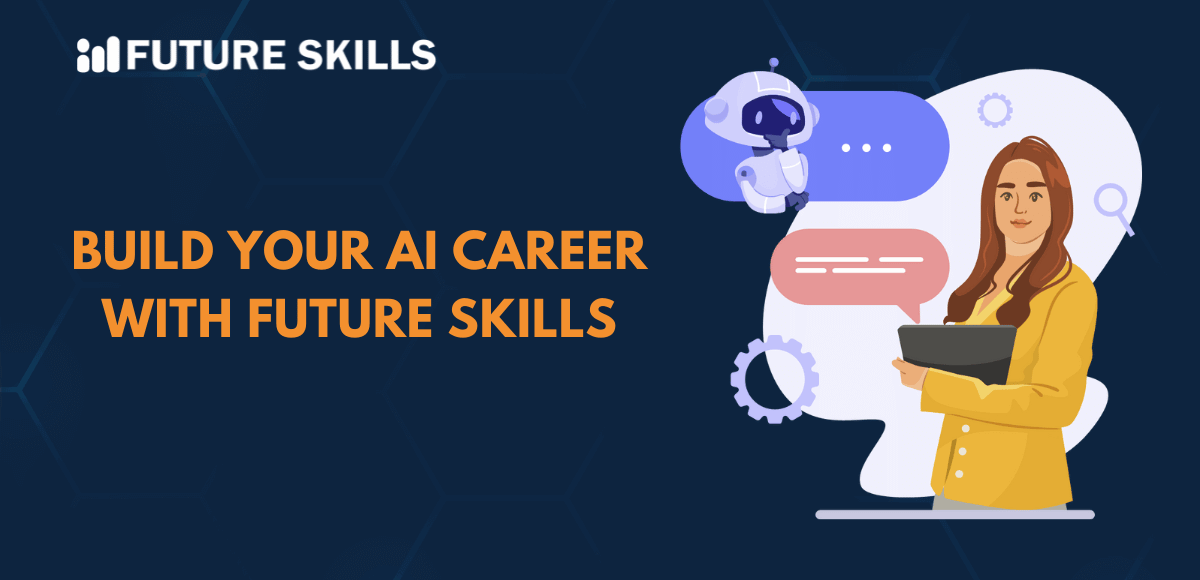With the advancement in artificial intelligence, the attention single-shot responses receive is dwindling. For practical use, like in customer service chatbots, research assistant AIs, or self governing systems, these agents require context retention, cooperation, and reasoning over multiple steps. This is precisely to create Multi-Turn Prompt Workflows for Agents useful. Multi-turn prompts guide conversational or task-based interactions by using each prior response to shape the next step in the exchange. Rather than responding to one-time queries, the agent follows chains of prompts where ambiguity and updating reliance on other agents or tools is essential for goal attainment.
LangGraph is a perfect example of a scaffolding that provides this sophisticated agent collaboration. Developers and researchers use it to build decentralized, multi-agent systems that integrate reasoning, manage state, and respond dynamically to task inputs. Defining complex agents and prompt flows make them respond to the change task inputs respond to dynamic conditions. If complex workflows with multiple agents rather than simple prompt chaining is what you’re looking for, then learning LangGraph multi agent architecture is the subsequent step.
Level up your AI skills and embark on a journey to build a successful career in AI with our Certified AI Professional (CAIP)™ program.
The Importance of Multi-Turn in Agent Workflows
Multi-turn prompting replicates human behavior, including multi-level human interactions, working through problems, decomposing tasks, and engaging with various interactions/iterations. That is, humans iterate in problem-solving for optimum outcomes and intelligent agents must possess the ability to plan, assess, and dynamically adjust across several decision points.
Let’s think about this with an example of a research assistant agent. The assistant receives an initial instruction—“Search the internet for studies about renewable energy storage”—and retrieves some relevant results. However, after the first turn, the agent produces information that remains too general to be actionable. For instance, in a multi-turn prompt workflow, the assistant would have follow-up questions like “What about battery technology?”, “Are there important regions that I should look at?” These questions would greatly improve the relevancy of the outcomes.
This type of collaborative ecosystem, where agents work together and iterate, is facilitated by Multi agent workflow LangGraph. It enables each agent to take on a more specialized role by executing a specific subtask, passing control to the subsequent agent, while dividing and controlling the shared memory or state.
Exploring the LangGraph Multi Agent Architecture
LangGraph organizes agents as nodes in a graph and defines transitions between them using specific conditions, events, or results. This modular structure lets developers tailor workflows by determining how each agent behaves, influences others, and reacts to different types of logic, making the system highly adaptable and responsive.
In a LangGraph multi-agent architecture, users will find that the agents are not simple responders; rather they are active, collaborating workers. For instance, one agent can generate hypotheses, another can test them, while a third can evaluate the results and provide final conclusions. LangGraph seamlessly routes tasks between agents while preserving context and adapting to changes at every input stage.
By specifying how agents interact with each other by defining inter-triggering logic, inter-shared memory types, and collaboration dynamics, an engineer can create advanced systems that replicate real-time team problem-solving techniques.
Level up your ChatGPT skills and kickstart your journey towards superhuman capabilities with Free ChatGPT and AI Fundamental Course.
A LangGraph Multi-Agent Example in Practice
Examine the following LangGraph multi agent example to understand what LangGraph enables: You wish to automate the grant proposal drafting and validation process.
An “Idea Generator” agent might spearhead the workflow. It generates a possible list of research directions based on a specific goal prompt. Each recommendation is then evaluated for technological viability by a “Feasibility Analyst” agent. Then the “Funding Criteria Checker” agent crossmatches the ideas with various funding bodies’ criteria. Finally, the best concept is selected and a “Proposal Writer” agent drafts the application text for it.
Each node in the diagram represents one turn in a larger multi-agent discussion, and the outcome of previous interactions determines the transitions between nodes. Every agent fulfills their role, and each has a clearly defined responsibility. Memory preservation, dynamic execution of workflow logic, and orchestration are handled by LangGraph.
LangGraph: Creating Multi-Turn Prompt Workflows
The first thing you do to build Multi-Turn Prompt workflows is define the case in subtasks within LangGraph. You clearly outline what your system aims to achieve. Where do you think it will act? What are its decision-making steps? Who or what performs each task? After outlining the nodes and possible transitions, the next step is implementing prompt templates, context pruning, bypass logic, and management for every agent.
As always, start off with creating a stateful system. This encompasses a shared memory schema that each agent possesses the ability to read and write to. It could consist of the initial user request, past answers, or even a conversation log. The customizable memory structures within LangGraph’s memory system offer data sharing and context sharing that is efficient with tokens.
Prompting strategies are to be designed for each specific agent as well. For basic roles, you can apply predefined instructions with template prompts. For more advanced roles, agents can be permitted to formulate their own questions or sub-goals. The more meticulous you are in delineating each agent’s duty and interaction, the smoother your workflow will be.
Last but not least, you set up transitions. Potential parameters include a successful operation, success within a keyword match, or a specific answer format. Beyond that, transitions are capable of handling retries, error management, or external API calls. Once the graph has been constructed, you are free to execute it in a real-time environment or utilize batch processing.
Become a job-ready AI professional with our accredited Prompt Engineering Certification Program. Learn the fundamentals and advanced techniques of prompt engineering in just four weeks.
The Outlook of Multi-Agent Workflows in AI
As the demand for intelligent systems grows, the limitations of single-agent prompting will become more apparent. Attempting to solve real-life challenges in a research or business setting requires multi-step reasoning, role specialization, feedback-driven decision-making, and context switching.
Creating Multi-Turn Prompt Workflows for Agents is a wildfire trend, but it is also a required competency for developing future AI tools. LangGraph offers something that works at scale. There is no need to hardcode every step when orchestrating collaborative agents because it provides a visual and logical model to developers. Whether it’s customer support bots that escalate queries based on tone, legal research agents that cross flag case discrepancies, or scientific exploration tools that refine and test hypotheses, LangGraph helps structure it all.
Conclusion
In an era that is being driven towards the radical and unfortunate economic gap of intelligent automation, multi tasking prompts allow agents to immigrate from providing quick singletons to intricate dynamic dialogues making rich multi level conversations. When coupled with multi-agent graph frameworks like LangGraph, these workflows evolve into collective self-correcting collaborating systems.
If you want to create Multi Turn Prompt Systems, explore Multi agent workflows in LangGraph, or further develop your own LangGraph multi agent example, now is the right time. Given the right structure, the future of AI isn’t just advanced; it works in unison, methodologically, and has a profound simile to human reasoning. If you want to find other advanced guides and skill-building materials focused on the future, check out the entire learning repository at Future Skills Academy and don’t miss the Prompt Engineering Certification to gain hands-on mastery in this essential AI skill.






